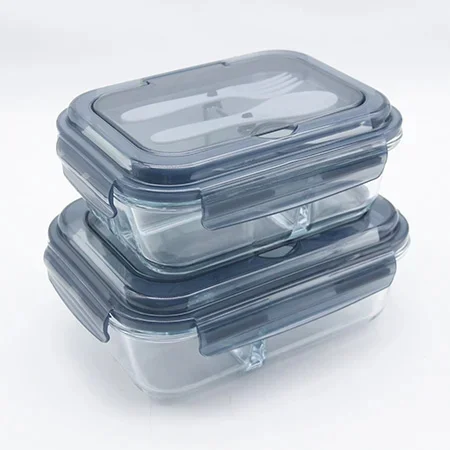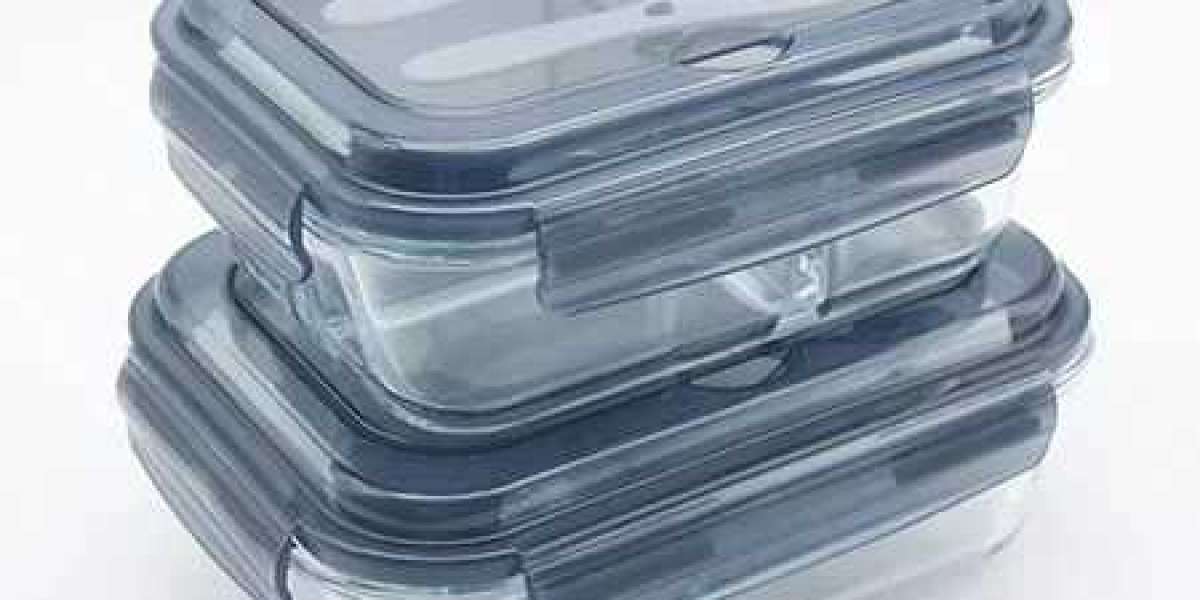With the improvement of people's living standards, more and more people are beginning to pay attention to healthy eating and pursue diversified tastes and foods. The emergence of mini food containers has provided people with more choices and made it easier for people to carry food. However, there are also some things that need to be paid attention to during the transportation of mini food containers to ensure the safety and hygiene of the food.

First, choose the right packaging material. Mini food containers are usually made of materials such as plastic, metal, or glass. These materials have different characteristics and application ranges. When selecting packaging materials, it is necessary to select appropriate materials according to the type and characteristics of the food. For example, for fragile food, materials with certain impact resistance, such as plastic or metal, should be selected; for perishable food, materials with certain moisture-proof properties, such as glass or metal, should be selected.
Secondly, pay attention to the sealing of the packaging. The airtightness of mini food containers is crucial to food preservation and safety. During transportation, it is easily affected by factors such as temperature, humidity, and pressure. If the container is not tightly sealed, it may easily lead to food deterioration or contamination. Therefore, when packaging food, it is necessary to ensure that the lid or seal of the container is intact and can effectively prevent the entry of air, moisture, and odor.
Third, avoid being squeezed and shaken by external forces. During transportation, food containers are easily squeezed and vibrated by external forces, causing the containers to deform or break, thus affecting the quality and safety of the food. Therefore, when packaging food, it is necessary to choose materials with certain pressure resistance and add certain buffer materials, such as foam plastics or air cushion films, inside the container to reduce the external force on the container.
Fourth, pay attention to hygiene and cleanliness during transportation. During transportation, it is easily contaminated by dust, dirt, and odor, which affects the quality and taste of food. Therefore, when packaging food, you need to ensure that the inside and outside of the container are clean and hygienic to avoid contamination. During transportation, attention must also be paid to keeping the containers hygienic and clean to avoid external contamination.
In short, mini food containers need to pay attention to some things during transportation to ensure the safety and quality of food. Choosing appropriate packaging materials, paying attention to the sealing of packaging, avoiding extrusion and vibration from external forces, controlling temperature and humidity, and paying attention to hygiene and cleanliness are all important factors to ensure food safety and quality. Only by paying attention to these matters during transportation can consumers enjoy delicious snacks with confidence.
How to choose a mini food container supplier
Material selection and purchasing tips for mini food containers
Precautions and safety concerns for using mini food containers
Creative ways to use mini food containers
Color and design of mini food containers: how to attract consumers' attention and increase sales?
What are the factors that affect the price of mini food containers
What are the design features of mini food containers
https://www.bestfulltech.com/Precautions-during-transportation-of-mini-food-containers.html



